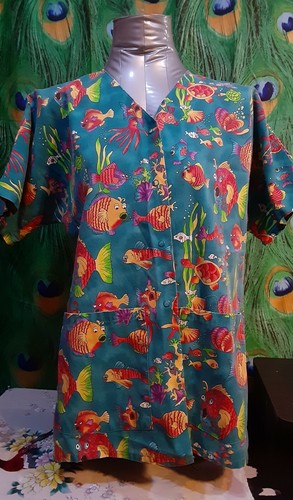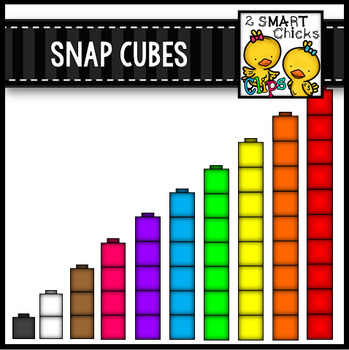
Lodges include the two or three bedroom Herriot, named after the late North Yorkshire author and vet James Herriot, and the two or three-bedroom Rye, named after the region’s River Rye. A handy Preview All Filters Gallery gives you an idea of how your picture will look in each of the 10 filters.The lodges at Keld Spring will feature spacious open plan living areas and outdoor terraces, perfect for embracing open-air living and al fresco dining. You can view it entirely as a painting, or divide it horizontally, vertically, or diagonally to view the program’s painterly effects. The pull-down Preview Split menu gives you various perspectives on your image.

The 1:1 button zooms the image to its actual size in pixels while the Fit button gets the entire picture into the preview window. The main window has both operational and analytical tools: a revert button lets you quickly see the original picture a grabber hand tool lets you move a large picture around the preview window a Zoom tool lets you enlarge or shrink the image and Adjustment Tool lets you adjust the focus region, if you have one. You can apply as many focus regions as you want to a photo, or you can use the selection tool in conjunction with the focus region to change the shape of the region to accommodate different parts of the image. The focus region, which you can set with the Add New Focus Region button, consists of two ovals, both of which are adjustable.

This is mostly useful when you’re making a portrait into a painting, so that the face, for example, stays fairly recognizable while the rest of the picture is more pictorial. Snap Art 2’s new focus control lets you shield parts of your image from extreme paint distortion.

If I don’t like this effect, there are many other presets to choose from. Here, I took a photo, applied a preset, and set a diagonal preview showing the difference between the original and the painting. Snap Art’s interface is easy to understand and use. With that degree of choice, there are an infinite number of options available to the photographer’s artistic eye. Within the Watercolor category for example, the tabs are Settings, Basic, Colors, Canvas, and Lighting, each with numerous additional choices and sliders that let you adjust your picture further. Then, within each of those settings, there are tabs with multiple sliders that let you adjust major aspects of the picture with variations of large, medium, and small strokes. So for example, in the Watercolor category (and several other categories), there are four types of filters: Abstract (low realism), Landscape (moderate realism), Portrait (most realism), and Vignette and Canvas, which vignettes the picture (fading out the edges) and offers simulations of the image on different types of paper. In this version, most of the filters have photo realistic pre-sets that stylize and soften the picture without rendering it unrecognizable. Snap Art 2 now has a couple of ways to mitigate this loss of realism. One problem with converting photos to paintings is that often the real image is lost in a sea of simulated brush strokes that represent, but do not depict, the actual picture you took this is especially true for portraits. You can adjust the plug-in window opening to have as large a working area as your monitor will accommodate. You can preview your images in various sizes once they open in the plug-in: a fit in window size up to 1:1, which enlarges it to show actual pixels.

While most plug-ins shut down after every use or canceled command (this one does too), having the panel visible and accessible or docked as part of an existing panel group saves you from the tedious chore of having to launch the plug-in from the Filter menu every time you want to try a new effect.
#SNAP ART 2 M DOWNLOAD#
Immeasurably convenient is the CS4 panel that you can download fromĪlien Skin’s Web site. Like most Photoshop plug-ins, Snap art can be installed with a variety of Photoshop-compatible programs, including the two most recent versions of Photoshop, as well as with


 0 kommentar(er)
0 kommentar(er)
